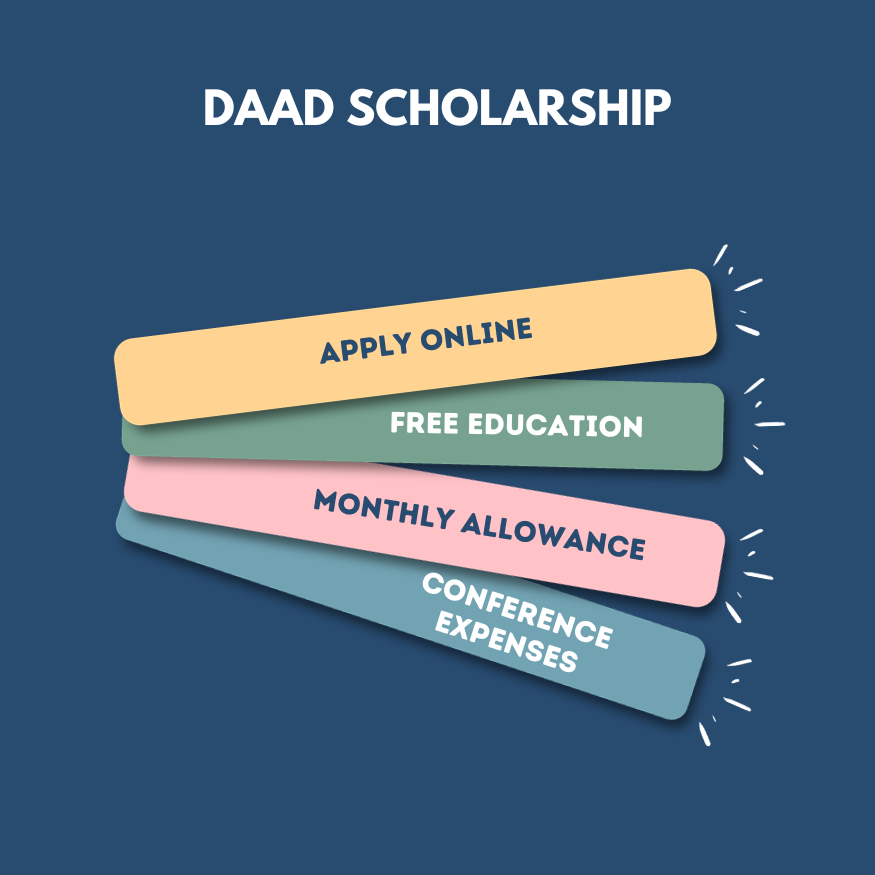Practical Cost-Cutting Tips
Several practical strategies can help students minimize their study abroad expenses. Utilizing public transportation instead of taxis or ride-sharing services is a straightforward way to save money. Cooking some meals in your accommodation rather than eating out regularly can also substantially reduce costs. Looking for student discounts on attractions and activities is another way to save. Furthermore, comparing prices for various services, from phone plans to insurance, can help in optimizing expenses.
Program Selection Strategies
Unlocking the best study abroad experience hinges on a strategic approach to program selection. It’s not just about finding a program; it’s about finding theright* program for your needs and aspirations. Careful evaluation, prioritizing your criteria, and a structured decision-making process will significantly increase your chances of having a fulfilling and enriching study abroad adventure.Understanding the multitude of factors impacting your experience, from cost to academic rigor, is paramount.
This involves a proactive approach, actively seeking out information and critically assessing potential programs to ensure they align with your goals and expectations.
Evaluating Potential Study Abroad Programs
A systematic approach to program evaluation ensures a thorough understanding of each option. This process should go beyond simply reviewing a program’s website; it involves digging deeper to understand the true value proposition. Critical evaluation of program features, faculty, and location will help you make an informed decision.
Comparing Programs Based on Affordability and Ranking
To compare programs effectively, a structured method is necessary. Create a table that lists key features of each program, including tuition, fees, living expenses, and ranking. This allows you to quickly assess the cost-benefit ratio of each option.
| Program | Tuition | Fees | Living Expenses | University Ranking | Overall Cost |
|---|---|---|---|---|---|
| University X – Program A | $10,000 | $500 | $1,500 | #50 | $12,000 |
| University Y – Program B | $12,000 | $750 | $1,200 | #25 | $14,000 |
This table helps visually compare program costs and relative rankings, facilitating a more informed decision-making process. Consider weighting these factors based on your individual priorities.
Creating a Decision-Making Flowchart
A flowchart guides the selection process, making it more manageable. This visual representation helps you systematically evaluate each program based on its unique characteristics.[Insert flowchart image here: A flowchart should visually represent the decision-making process, branching out to different options based on factors like cost, location, and academic rigor. Each branch should lead to a specific conclusion or action.]
Checklist for Researching and Selecting a Program
A checklist is an invaluable tool in this process. It helps ensure you cover all essential aspects, fostering a comprehensive understanding of the program.




